Why radical Swedish designer Ann-Sofie Back was way ahead of her time
A new book and exhibition, ‘Go As You Please’, celebrates 20 years of Ann-Sofie Back’s subversive, Swedish design. Nicole DeMarco speaks to the designer about her distinct (and much-referenced) brand of ‘failed glamour’
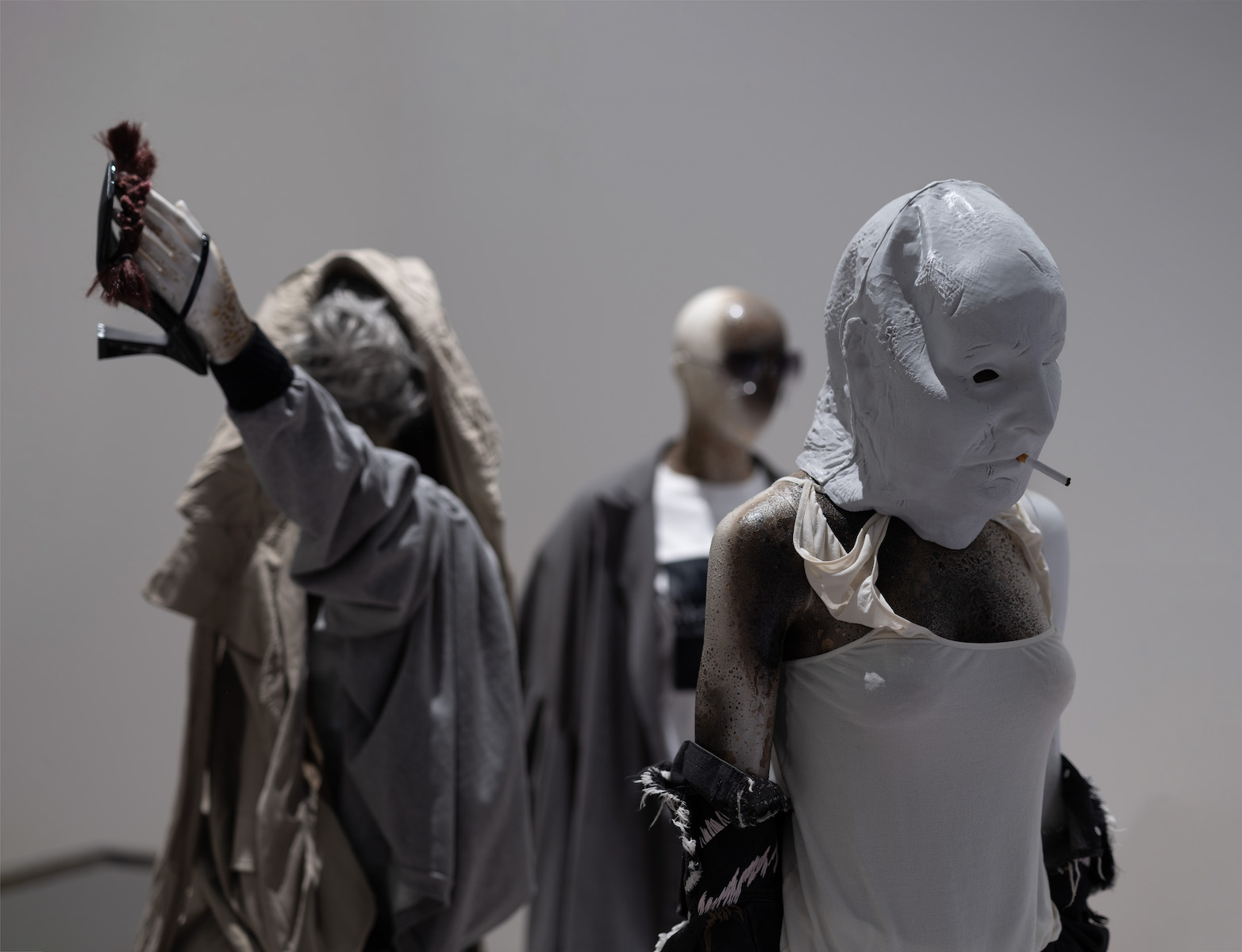
In fashion today, there’s a hunger for designs that elicit excitement, challenge the status quo or embody a sense of play. Even perversion. A pair of lace underwear tacked onto a pencil skirt, for example, a bouquet of roses encased inside a tulle gown, or outsized outerwear that turns the wearer into a real-life paper doll. This ethos is embodied in the work of Ann-Sofie Back, one of Sweden’s most influential fashion designers, who’s known for exploring status, class, shame and beauty standards through subversive design. She was ahead of her time, and as such her collections are as relevant today as they were ten to 20 years ago. Luckily, the public can now dive into her rich archive through a new book and exhibition called ‘Go As You Please – Ann-Sofie Back 1998-2018’, on view at Liljevalchs in Stockholm.
Back was always fascinated with fashion as a tool of self-expression; particularly, its ability to project certain characteristics about oneself to the world. In the sleepy Stockholm suburb of Stenhamra, her parents paid this no mind, which only piqued her interest further. ‘I discovered at a very early age that the main reason my parents were not accepted socially was because of their dress, their complete disregard for how others perceived them and the way this really made life harder for them,’ Back wrote in reference to her A/W 2005 collection ‘Dress for Success!’. ‘It mortified me and made me ashamed of them. I think this experience is what made me become a designer. Fashion and shame have always been linked for me.’
‘Go As You Please - Ann-Sofie Back 1998-2018’ at Liljevalchs, Stockholm

Ann-Sofie Back A/W 2004
Back studied fashion design at Beckmans College of Design, then pursued a master’s degree at London’s Central Saint Martins. After graduating in 1998, she worked as a stylist for a few years, customising and deconstructing clothes that she sold in London, Paris and Tokyo. ‘This might seem like nothing today with everyone upcycling left, right and centre,’ she says of her methods, ‘but that was quite revolutionary then. I thought about sustainability, but no one else was bothered by it.’
Her first ready-to-wear collection – S/S 2002’s ‘Accidental Embarrassment’, shown in Paris – set the scene. Back explored her uneasiness with conventional glamour and perfection, creating sequin tops and T-shirt dresses with built-in bra details, styling them with silver belts and heels, but appearances can be deceiving. While the designer’s chosen fabrics looked good from a distance, up close you could see that the embellishments were glued on, skirts were stuck to knickers and the accessories were, in fact, covered with tin foil. Anne-Sofie Back the label and its defining ‘failed glamour’ aesthetic, whose ripples can be felt today from independent designers like Vaquera to Demna’s Balenciaga, was born.
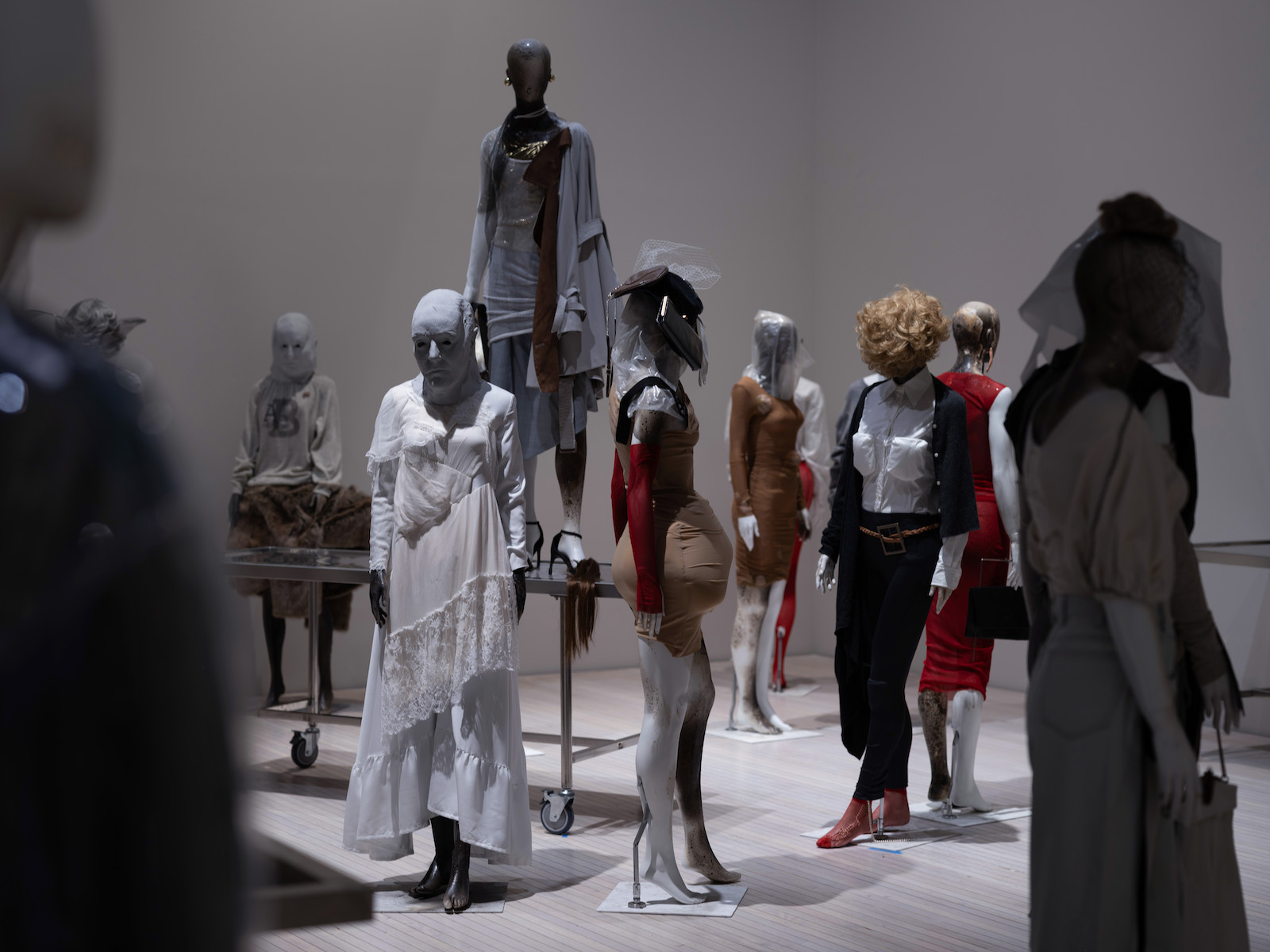
The exhibition, which was curated by Back alongside close collaborator Nicole Walker
Over the years, Back cultivated a design language of stereotypically unsexy silhouettes, strangely placed cutouts, mismatched layers – placing a mesh top over a knit, for example, and presenting underwear as outerwear. Her infamous A/W 2008 collection, titled ‘Celebrity Obsession’, took on the misogynistic UK tabloid press that hounded, shamed and ridiculed women in the 2000s by attempting to expose their knickers. Back created a slip dress out of bralettes and garter belts; she made spaghetti straps from thongs. The label operated from 2001-2018, alongside diffusion line BACK from 2005, exploring major contemporary issues from plastic surgery to ‘the pornification of society’, before the business shut down.
The publisher Art & Theory approached the designer four years ago and they began work on a book that chronicles her seminal two decades in fashion. In its final stages, Back decided to turn it into an exhibition in partnership with stylist and frequent collaborator Nicole Walker. ‘We knew from the start that we didn't want to make a traditional retrospective – mixing up all the different seasons, and producing new looks was important,’ Back explains to Wallpaper* of the show’s concept, which sees garments reimagined into new, contemporary iterations. ‘I have a constant need to surprise myself when I work, so this was essential. It was also thought of as my farewell to fashion,’ so it was envisioned with a funeral/burial theme.
‘It felt highly liberating being able to explore and play with different ideas of what it means to be a woman’
Ann-Sofie Back
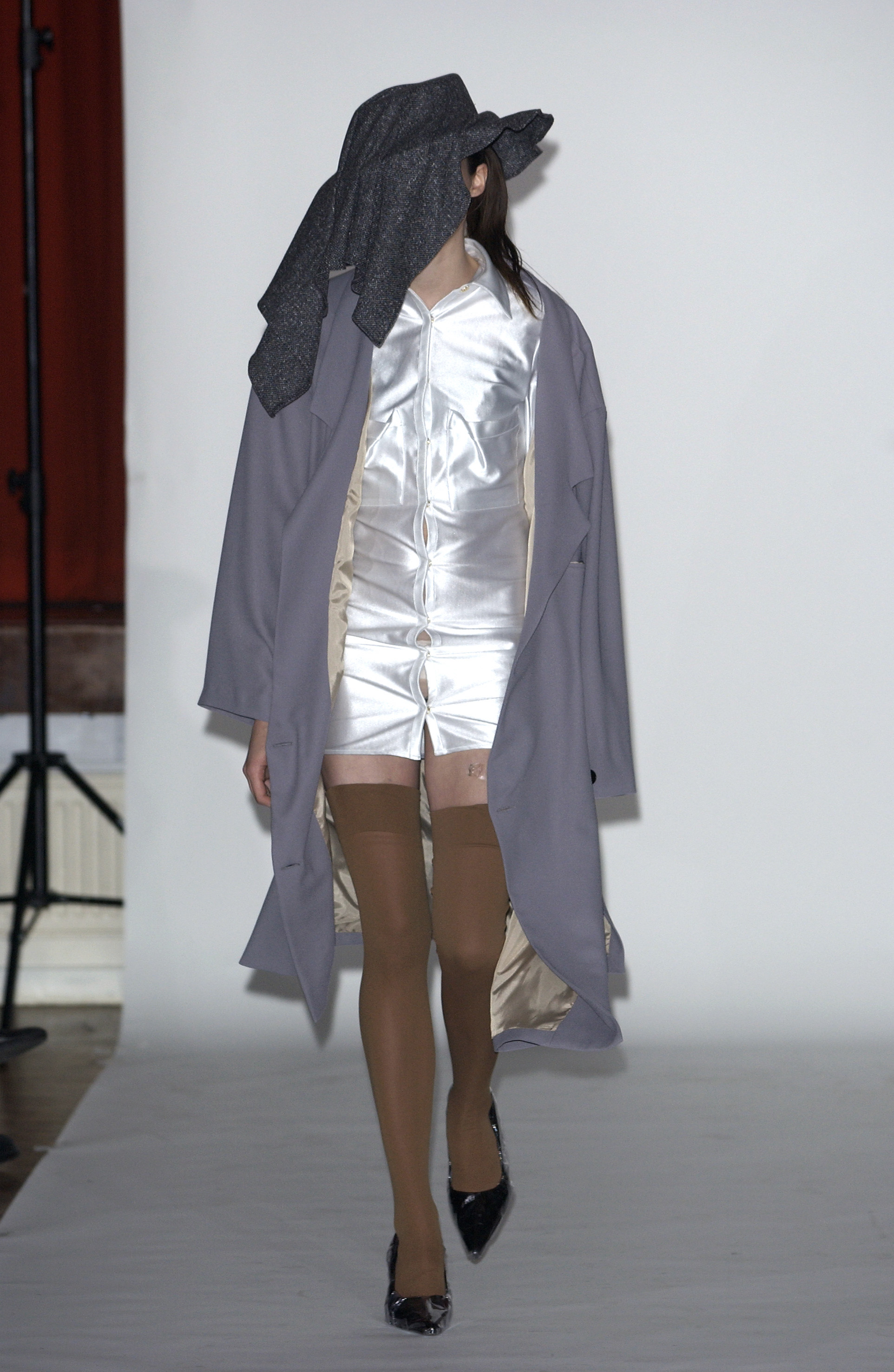
Ann-Sofie Back A/W 2004
The pair started by unpacking the massive archive, which took a total two weeks, even with three assistants. It was a very emotional experience: ‘I felt completely blocked and overwhelmed,’ Back shares. ‘So Nicole started and made a perfect look. It had that kind of surrealist, sad glamour that I like, so that set the tone.’
Receive our daily digest of inspiration, escapism and design stories from around the world direct to your inbox.
‘I call her “car ring body lady”,’ Walker adds. ‘She is stuffed with foam and wears a tight little skirt that’s now styled as a dress, a belt wrapped around her breasts, a sequin cardigan top and a wig.’
The styling played a major role in the exhibition, as it did in Back’s original shows; the themes were as relevant now – if not more so – than they were then. ‘We played a lot with female stereotypes and I really don’t know how much freedom women will have in the future the way the world is evolving at the moment,’ Walker says. ‘With that said, it felt highly liberating being able to explore and play with different ideas of what it means to be a woman.’
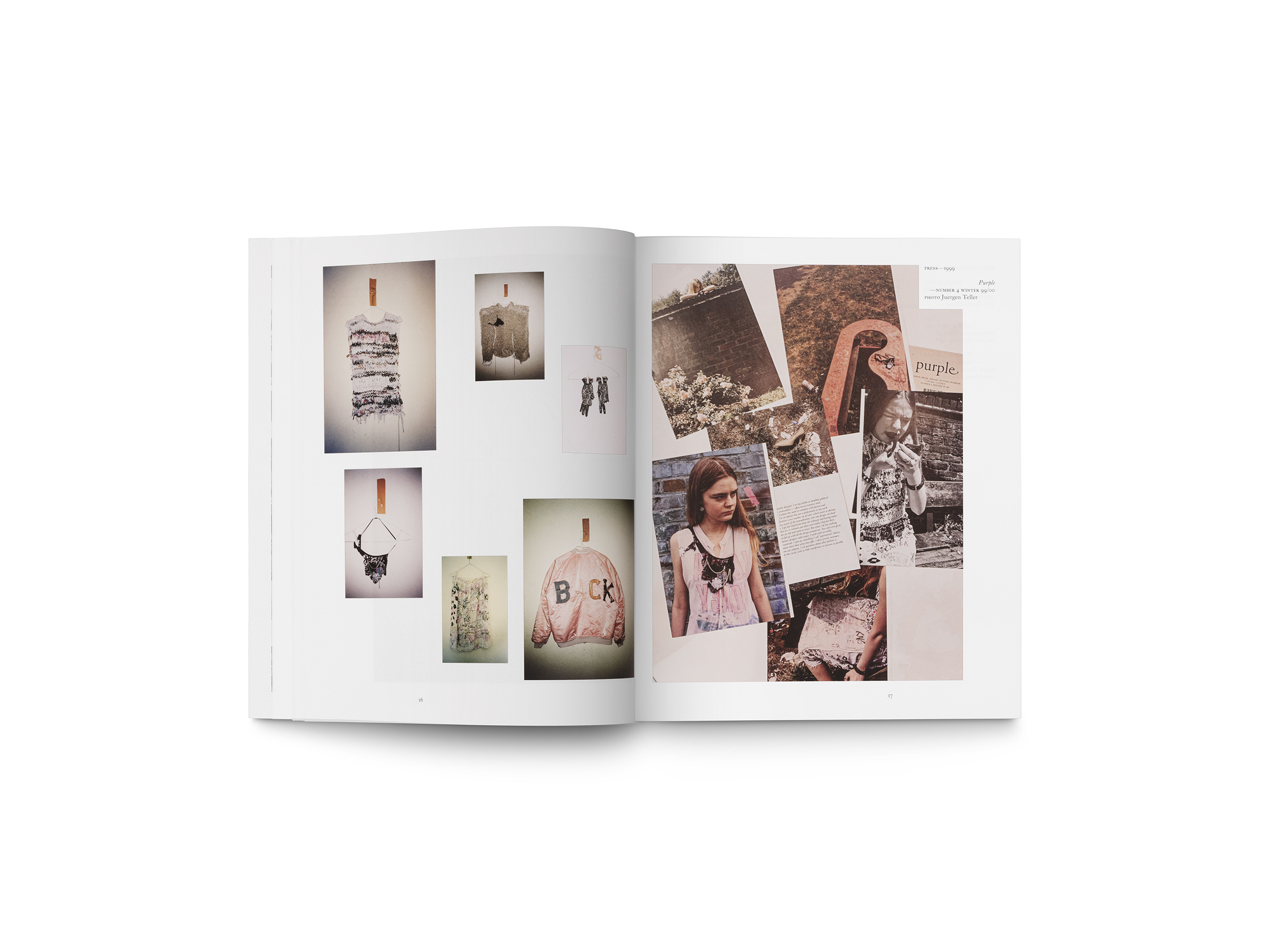
The exhibition’s accompanying book, published by Art & Theory
‘I felt like I died when I had to put my business into liquidation. It was a total loss of my identity’
Ann-Sofie Back
The mannequins are standing throughout the space, but also on top of tables and emerging from coffins. One look incorporates a painting of Jesus that Back’s mother made in her teens, while another wears an outfit consisting of a puffer jacket, a feather skirt, stockings that belonged to Back’s grandmother, and a pair of transparent stripper heels. Glued onto the mannequin's face are the designer’s baby teeth, shaped into a smile.
While she was working on the project, Back was diagnosed with breast cancer and lost many of her family members. ‘Death was very real to me,’ she says. ‘I also felt like I died when I had to put my business into liquidation. It was a total loss of my identity.’ The invitations for the opening featured a cross on the front and were inspired by traditional Swedish death announcements. ‘Go As You Please’ is the name of a funeral home, but it’s also the dress code. ‘The theme comes from a very personal place, but it can also be read as the current state of the fashion industry,’ Back says.
‘Go As You Please - Ann-Sofie Back 1998-2018’ runs until 23 February 2025 at Liljevalchs, Stockholm.
Nicole DeMarco is a freelance writer, editor and consultant in the fashion and culture space. She was previously senior US editor at i-D Magazine, and is currently based in New York City. Her work has appeared in The Cut, Vogue Business, Dazed, The Village Voice, Harper's Bazaar, NYLON, and more.
-
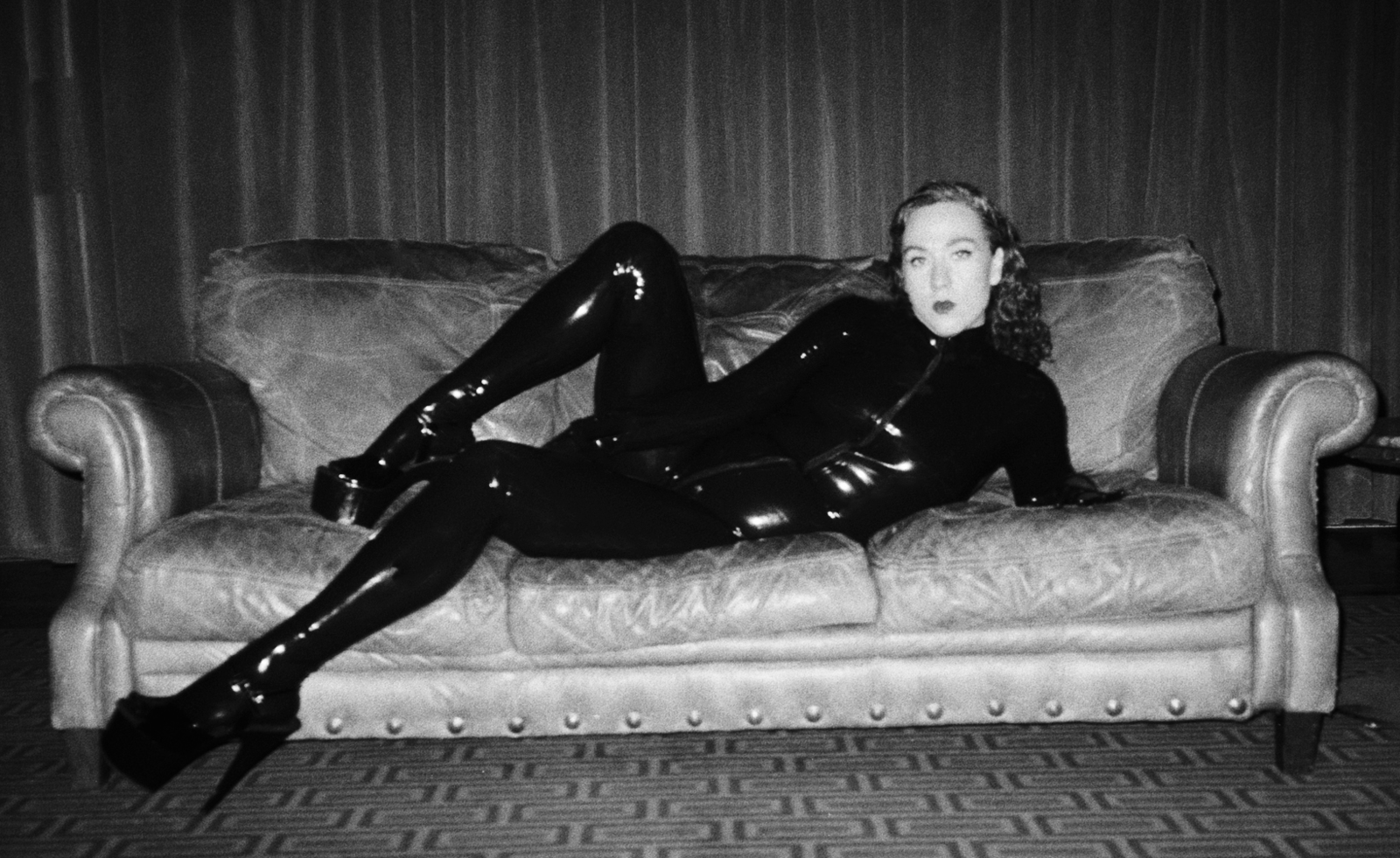 We are all fetishists, says Anastasia Fedorova in her new book, which takes a deep dive into kink
We are all fetishists, says Anastasia Fedorova in her new book, which takes a deep dive into kinkIn ‘Second Skin’, writer and curator Fedorova takes a tour through the materials, objects and power dynamics we have fetishised
-
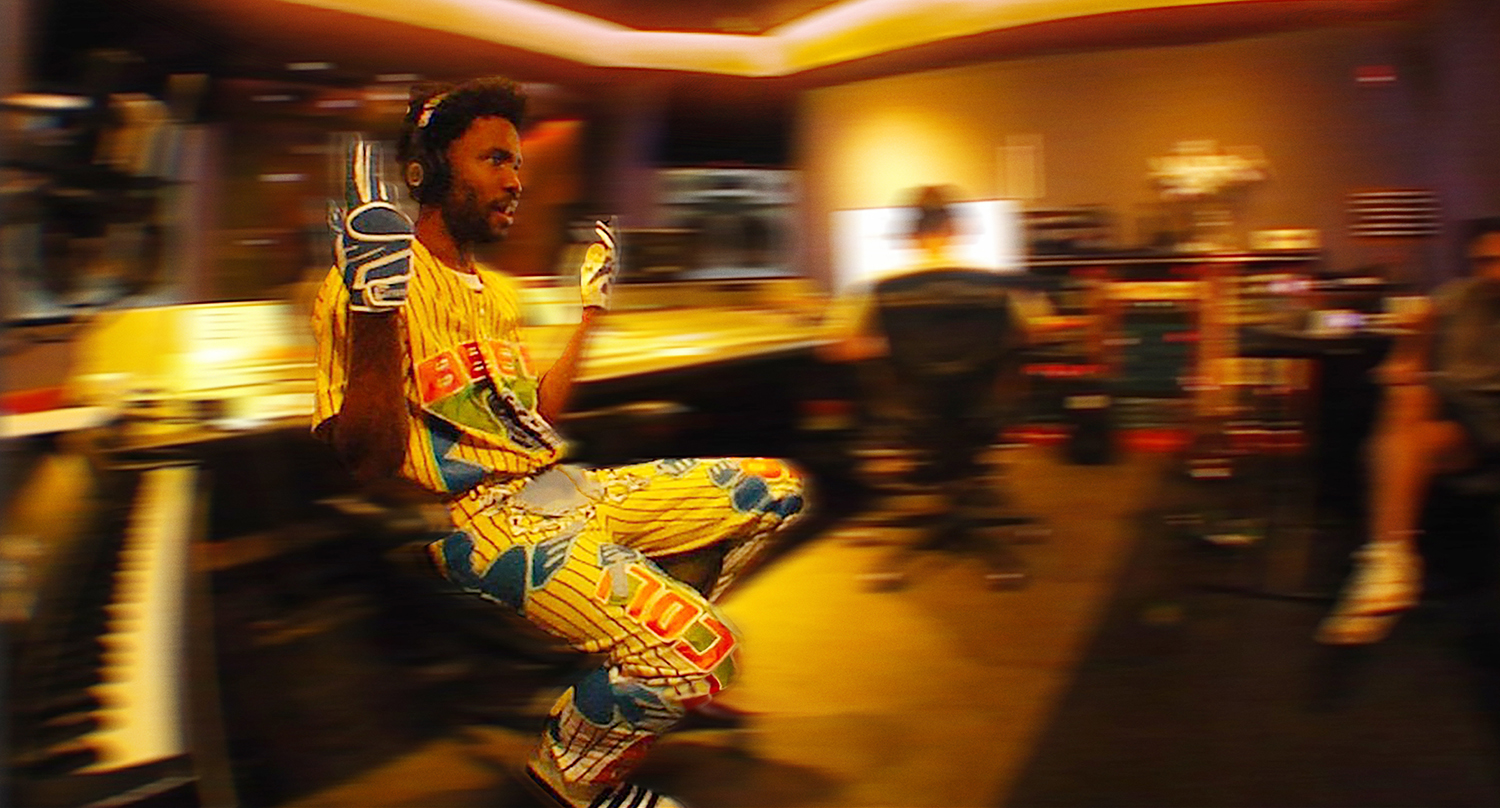 Frank Ocean’s Homer brings its luxury jewellery and accessories to new stores in London and Los Angeles
Frank Ocean’s Homer brings its luxury jewellery and accessories to new stores in London and Los AngelesHomer is growing, with a London outpost set to appear in jewellery district Hatton Garden
-
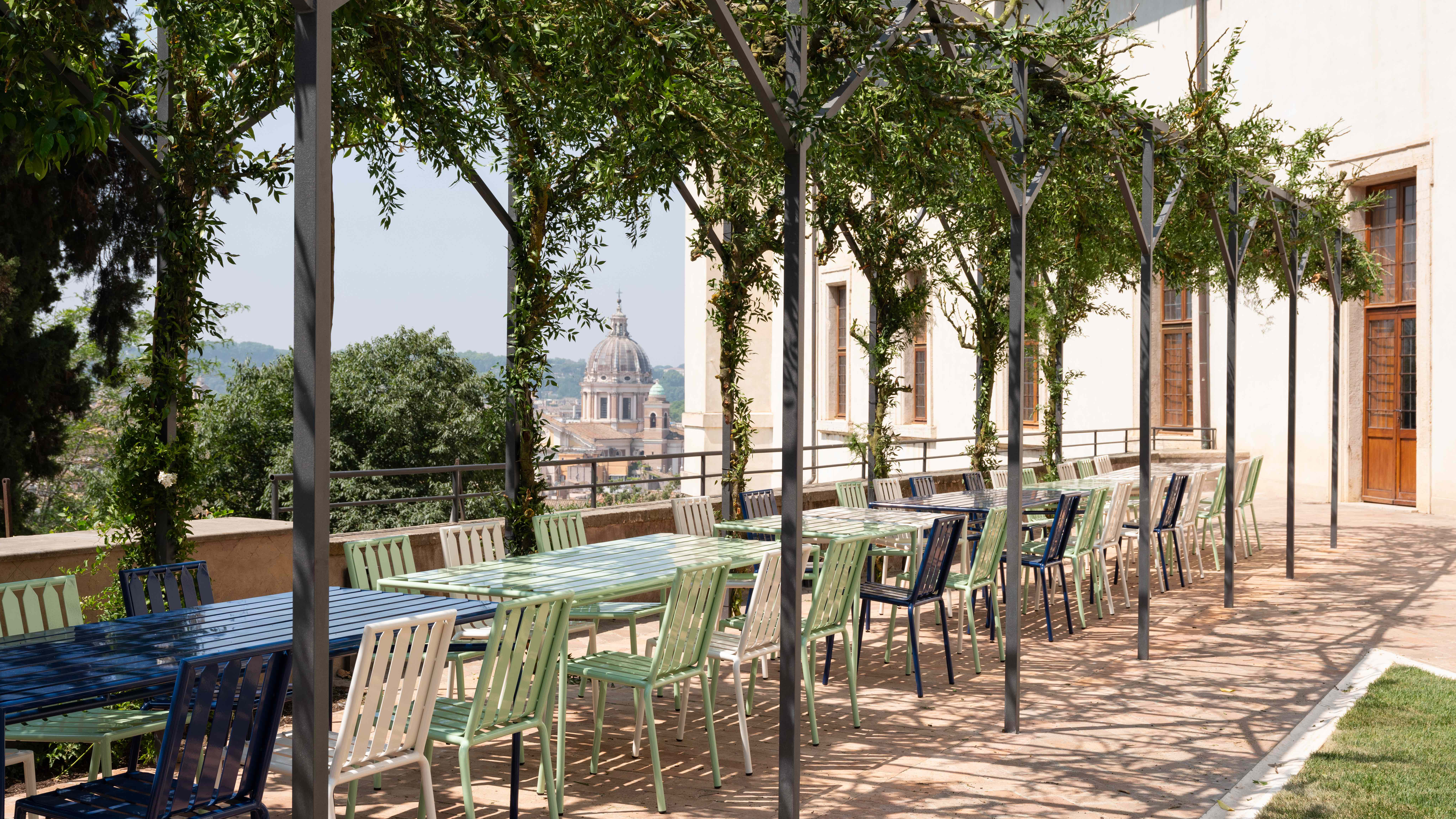 Spend a night at the renovated Villa Medici, ‘one of Rome’s greatest sleepover experiences’
Spend a night at the renovated Villa Medici, ‘one of Rome’s greatest sleepover experiences’Villa Medici is not a hotel; but if you can snag a room at what’s in fact the French Academy in Rome, you’re in for a design treat
-
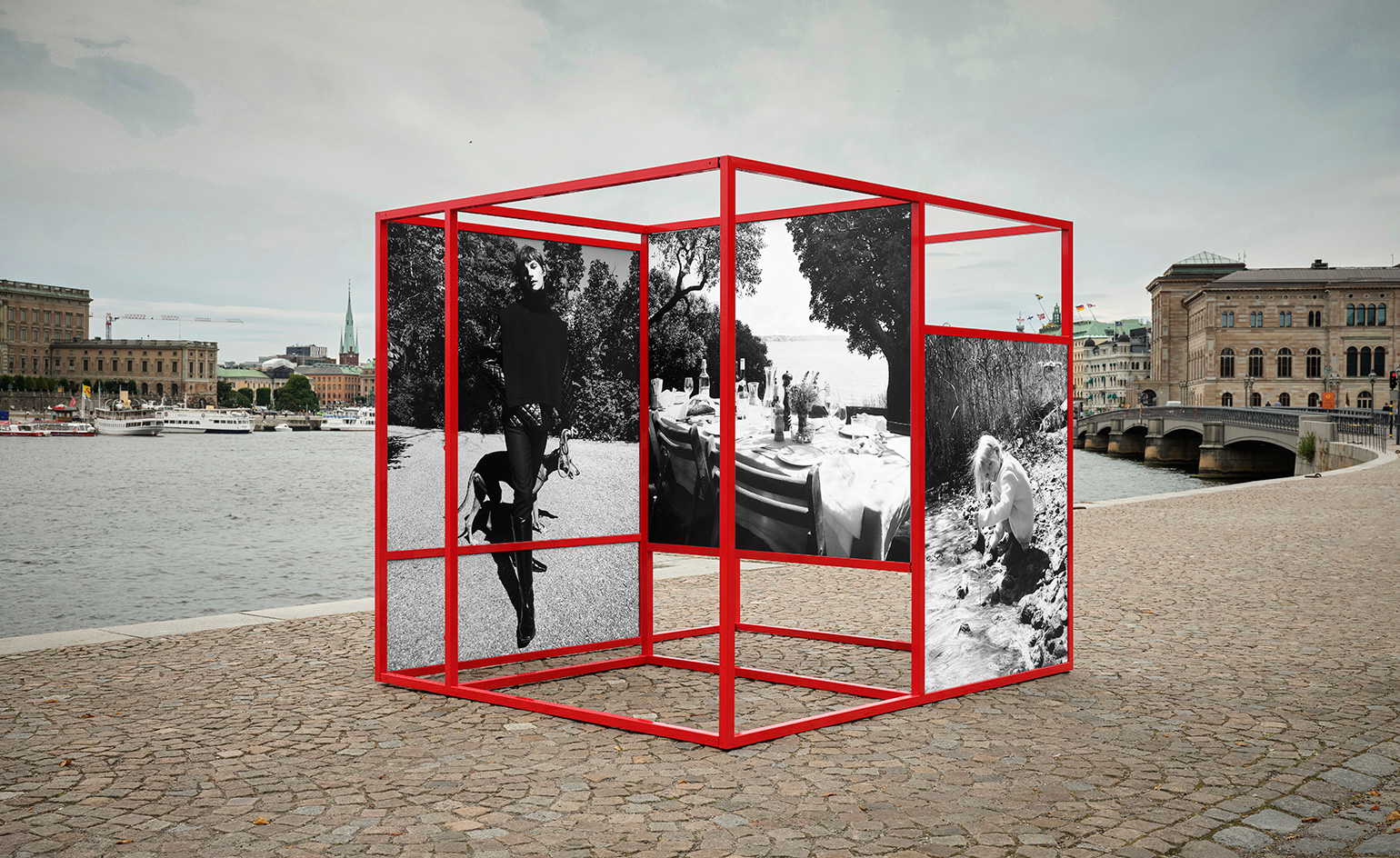 Totême and Halleroed create 3D installations around Stockholm
Totême and Halleroed create 3D installations around StockholmA series of perspective-shifting images lensed by photographer and director Mikael Jansson have been collaged across bold plinths by interior designers Halleroed
-
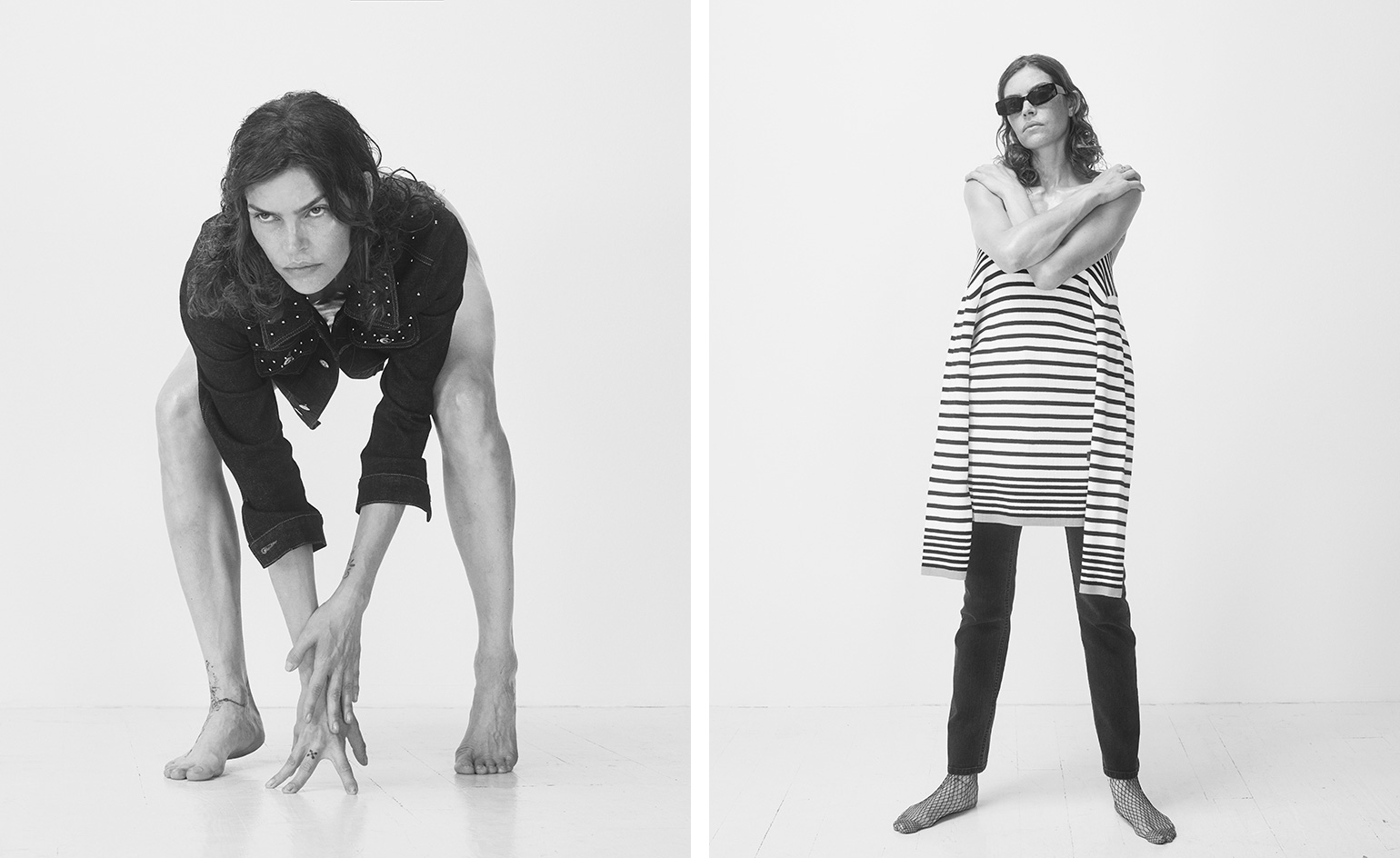 The Stockholm label making sustainable jeans to fit you perfectly
The Stockholm label making sustainable jeans to fit you perfectly‘They are the greenest high fashion jeans we think you can buy anywhere,' say the founders of Self Cinema
-
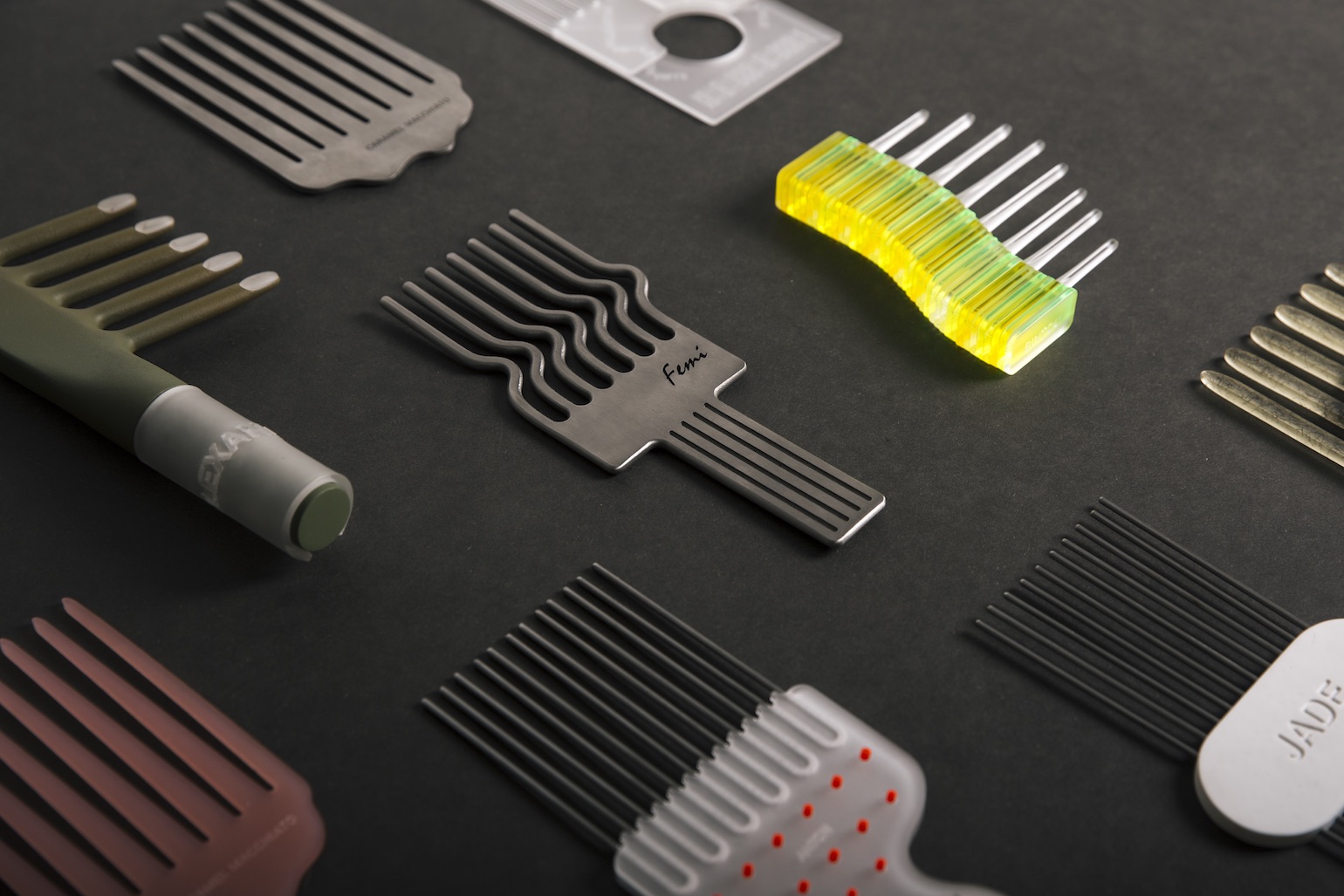 Comb through Simon Skinner’s afropicks
Comb through Simon Skinner’s afropicksWe revisit Simon Skinner's Wallpaper* Design Awards 2020-nominated afropicks
-
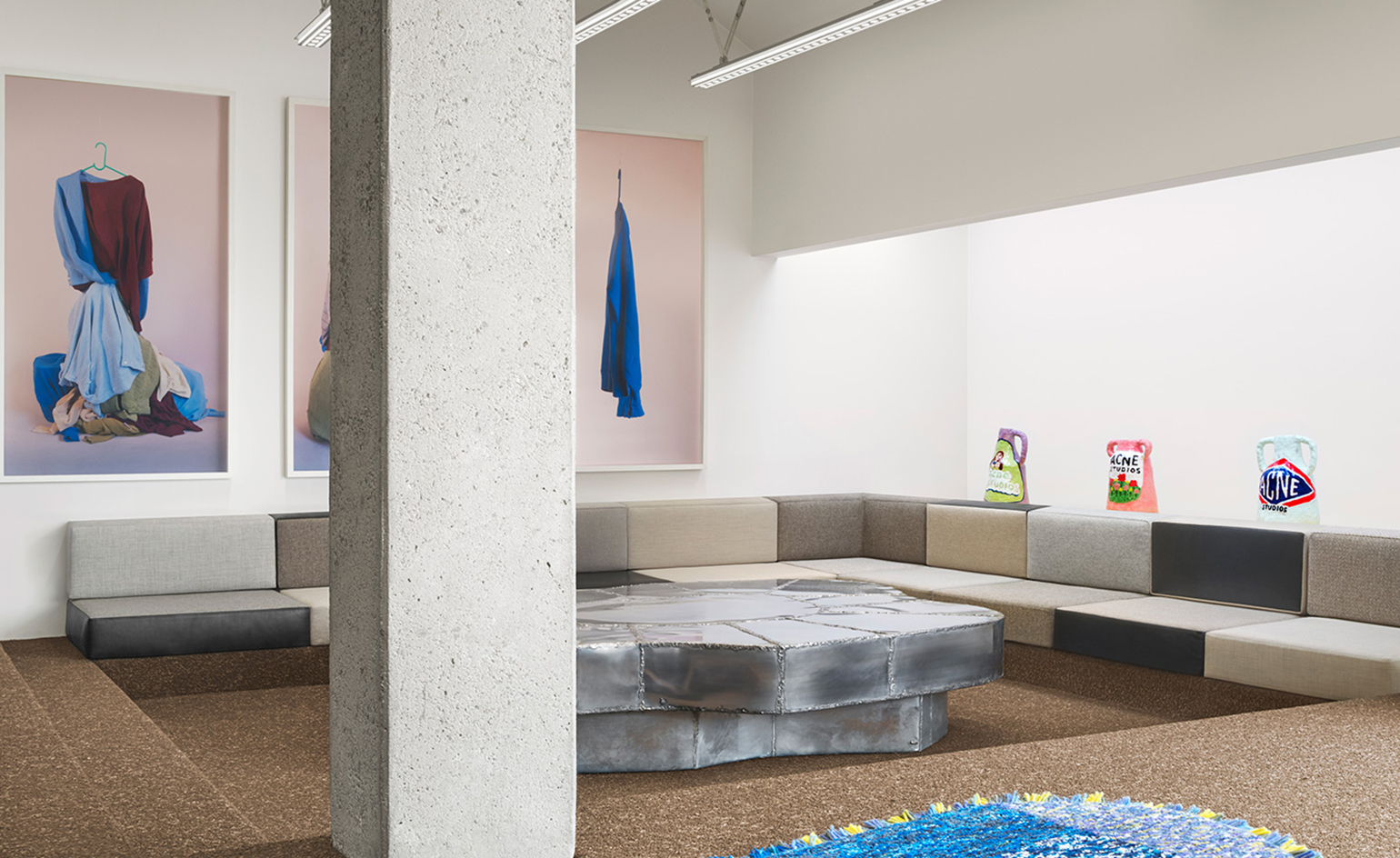 Inside Acne Studios' brutalist HQ in Stockholm
Inside Acne Studios' brutalist HQ in Stockholm -
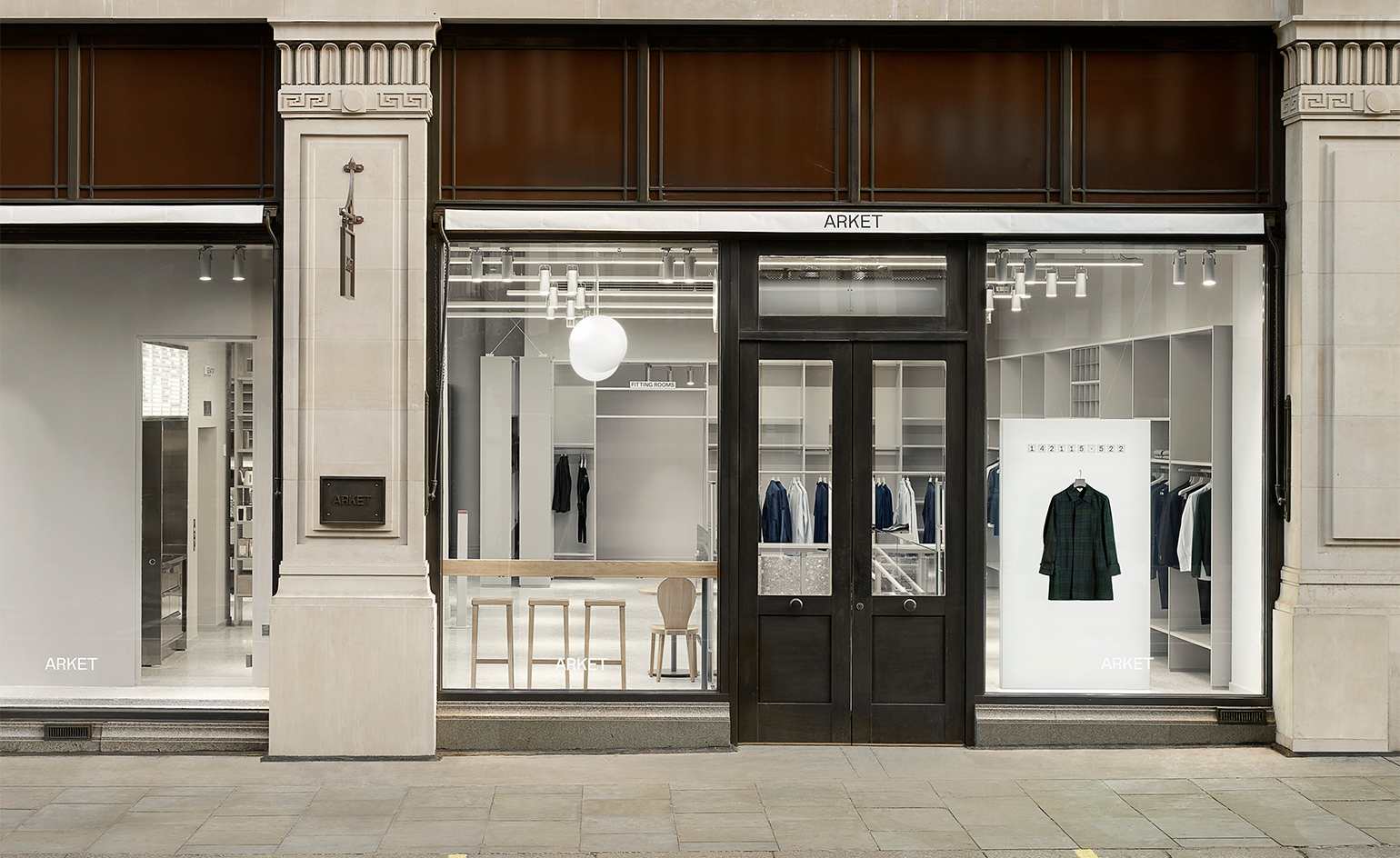 Swede dreams: max out on minimalism at Arket’s debut store
Swede dreams: max out on minimalism at Arket’s debut store -
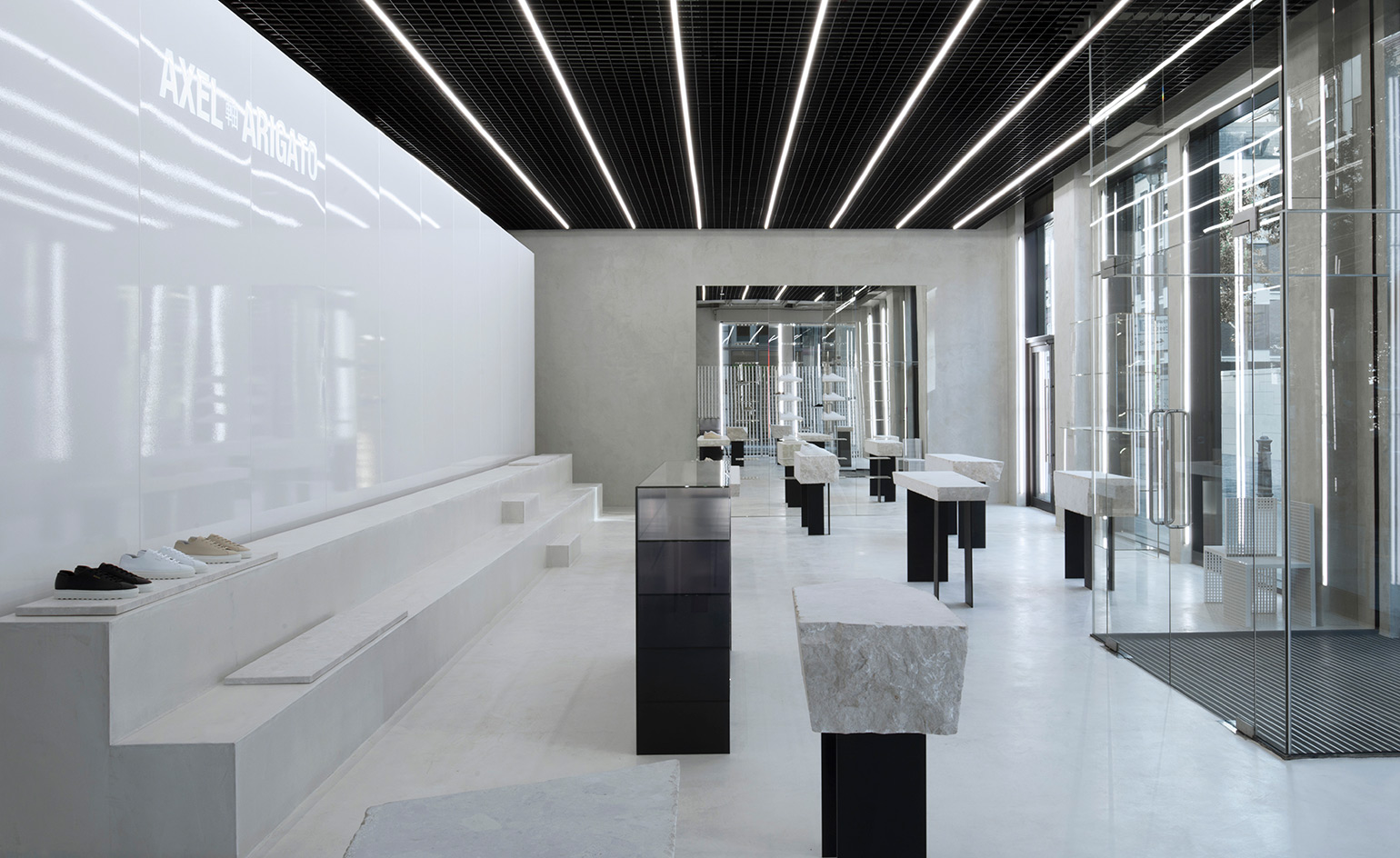 White out: Swedish label Axel Arigato breezes into London
White out: Swedish label Axel Arigato breezes into London -
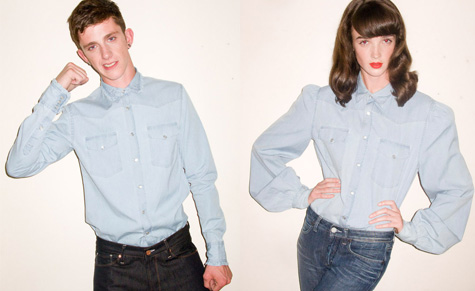 Acne launches a new ‘Candy’ collection
Acne launches a new ‘Candy’ collection -
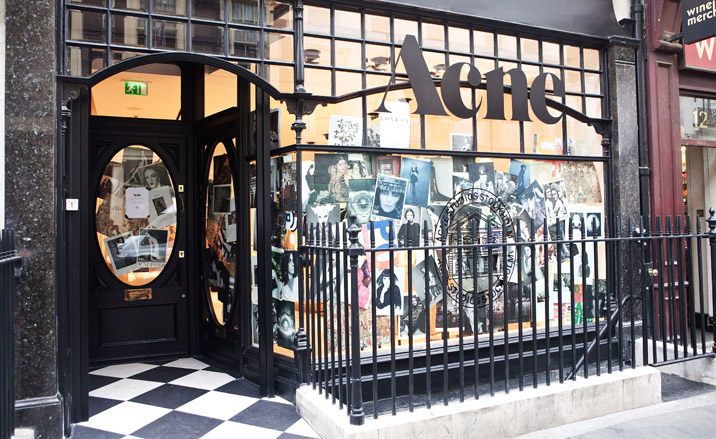 A tour of the new Acne Studio in London’s Mayfair
A tour of the new Acne Studio in London’s Mayfair